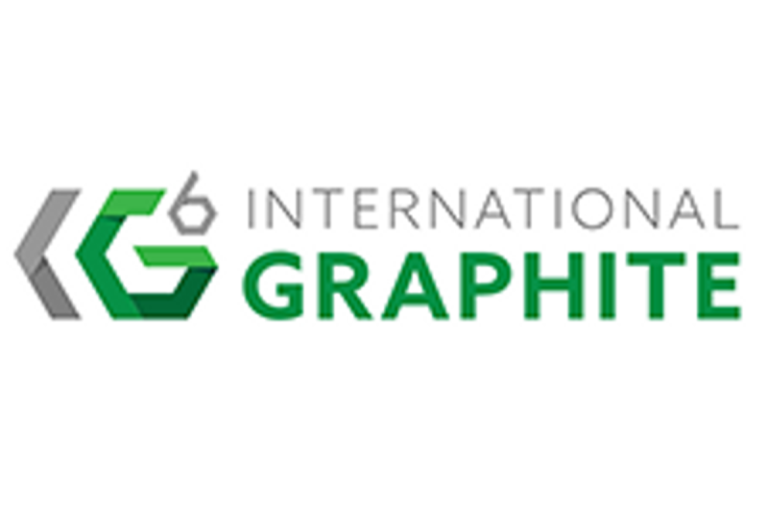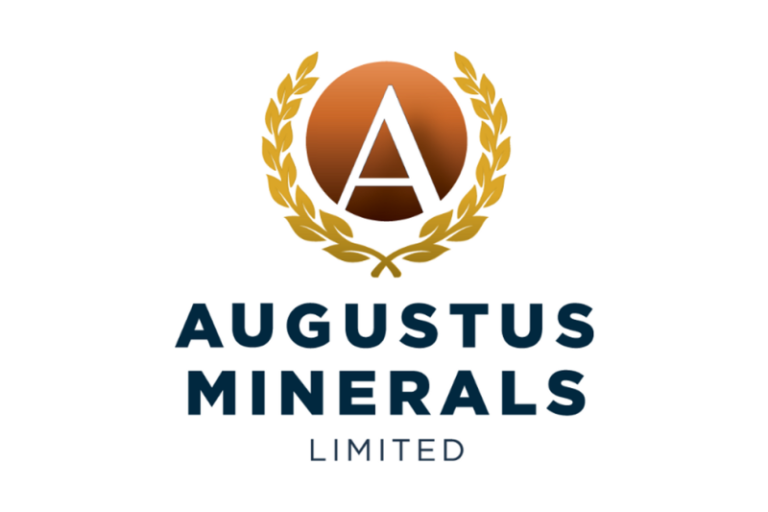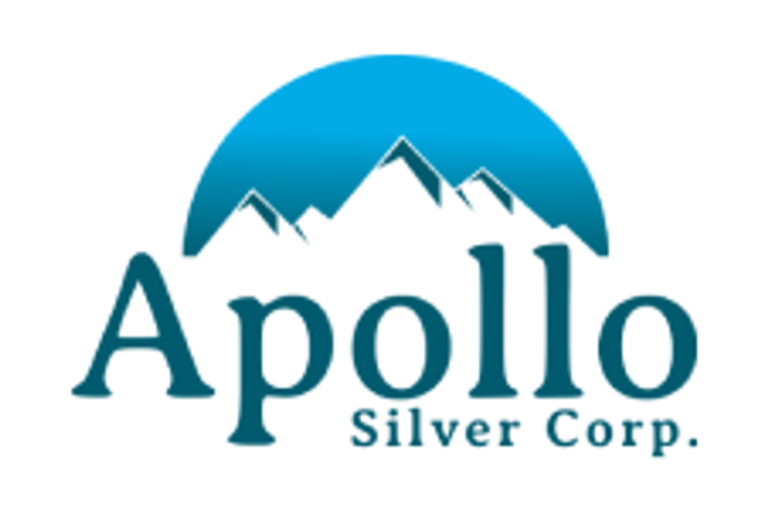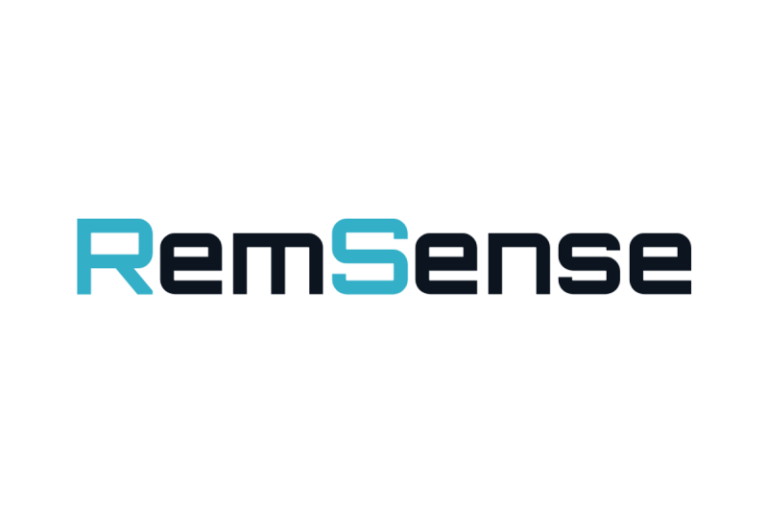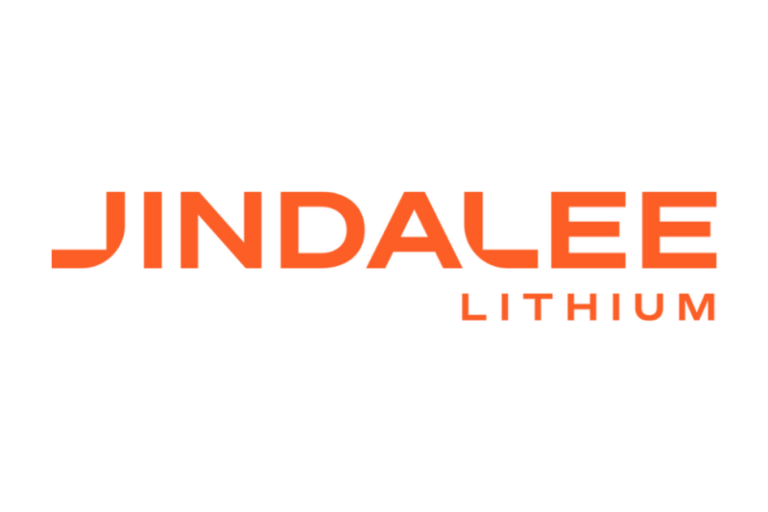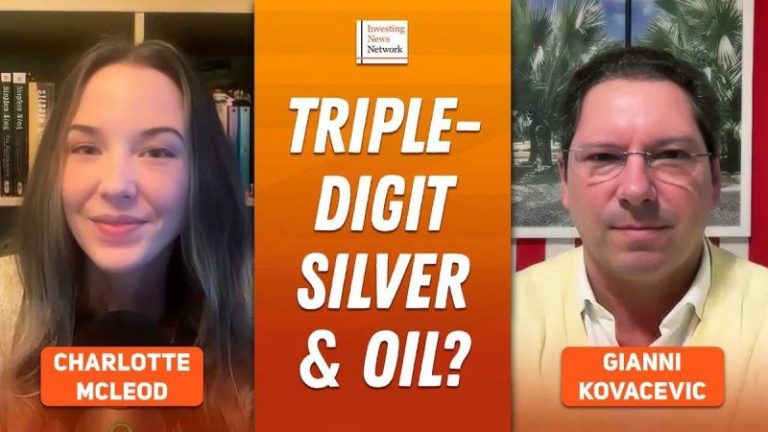Junior copper stocks are seeing significant support from the copper supply-demand story in 2025 as companies work to make the next big copper discovery.
Copper prices were volatile in the third quarter, driven by concerns over tariffs and a mine closure.
To start the quarter, the price of copper surged to record highs as the Trump administration announced copper tariffs, offering few details beyond a 50 percent tariff on imports. However, copper prices later crashed on news that refined products would be exempt from the levies until 2027 and 2028.
In September, supply concerns gained after a serious incident led to the closure of Freeport-McMoRan’s (NYSE:FCX) Grasberg copper-gold mine in Indonesia. At the Grasberg block cave, 800,000 metric tons of wet material rushed through the mine, leading to the deaths of seven workers.
The block cave is shut down indefinitely and may not return to full operation levels until 2027. The mine is one of the largest in the world, and the loss of production puts significant strains on an already tight copper market.
How has the shifting copper market affected small-cap copper-focused companies on the TSX Venture Exchange? Read on to learn about the five best-performing junior copper stocks since the start of 2025.
Data for this article was gathered on July 17, 2025, using TradingView’s stock screener, and copper companies with market caps of over C$10 million at that time were considered.
1. King Copper Discovery (TSXV:KCP)
Year-to-date gain: 1,580 percent
Market cap: C$186.31 million
Share price: C$0.84
King Copper Discovery, formerly Turmalina Metals, is a copper, silver and gold explorer that is developing a portfolio of projects in South America.
Its primary focus is the Colquemayo project in Moquegua, Peru. In July 2024, King Copper entered into an option agreement with Compania de Minas Buenaventura (NYSE:BVN) to wholly acquire the property.
The company has been relogging the historic drill core from the site. The 6,600 hectare site has seen more than 20,000 meters of historic core drilling and hosts multiple porphyry targets that have been identified but had gone untested. Highlighted drill samples show results of 2.4 percent copper and 10 grams per metric ton (g/t) silver over 237.3 meters, including 14.8 percent copper and 47 g/t silver over 31.3 meters.
In a broad corporate update on February 12, the company said it was intensifying its focus on the project and rebranded from Turmalina to reflect that. Additionally, it hired Insideo, a Lima-based environmental consulting firm, to help advance baseline studies and the drill permit process.
The company closed a C$15 million private placement with a strategic investor on September 15, which it plans to use for a 15,000 meter diamond drilling program at Colquemayo. The investor now holds a 9.99 percent interest in King Copper.
Its most recent update came on October 4, when King released an update on its ongoing work to relog and reinterpret the historic drill core. At that time, the company had completed 61 drill cores across the Amata-Cairani and Coripuquio zones, with work on 16 cores at the Yanarico zone still ongoing.
The company said it had identified multiple new high-priority targets for its fully funded diamond drill program and was sending a field crew to validate the discoveries.
Shares of King Copper reached a year-to-date high of C$0.90 on October 16.
2. Camino Minerals (TSXV:COR)
Year-to-date gain: 700 percent
Market cap: C$12.91 million
Share price: C$0.36
Camino Minerals is a copper explorer and developer with a portfolio of projects in South America.
Among its primary focuses since the start of the year is the construction-ready Puquois copper project in Chile, a 50/50 joint venture with Nittetsu Mining (TSE:1515). The partners jointly acquired Cuprum Resources, the project’s owner, via a definitive agreement that was completed on April 17, and are now focused on project financing.
Prior to the closing of the acquisition, the partners completed a prefeasibility study for the project in Chile on March 17.
The study results demonstrate a post-tax net present value of US$118 million, with an internal rate of return of 23.4 percent and a payback period of 3.1 years at a fixed copper price of US$4.28. It also outlines all-in sustaining costs of US$2 per pound for the 14.2 year mine life.
The included mineral resource estimate shows a measured and indicated resource of 149,000 metric tons of copper from 32.16 million metric tons of ore grading 0.46 percent copper.
Camino also owns the Los Chapitos project, located near the coastal town of Chala, Peru, which covers approximately 22,000 hectares and hosts near-surface mineralization. Nittetsu Mining has an earn-in agreement for the project through which it can earn a 35 percent interest in the project for a total investment of C$10 million over three years.
Camino announced on January 22 that it had initiated a discovery exploration program at Los Chapitos, with work funded by Nittetsu. The company said the program would consist of 11 holes and 1,200 meters of drilling along the La Estancia fault, focusing on newly identified copper breccias and mantos to determine their extension at depth.
Camino released the first results from the program on May 6, reporting continuity of mineralization at depth at the Pampero prospect, with a 0.5 meter interval found 157.6 meters downhole grading an average of 0.5 percent copper and 3.15 g/t silver. Rock chip samples at the prospect graded up to 3.8 percent copper and 4 g/t silver.
The company has continued its exploration efforts at Los Chapitos, with another fully funded exploration campaign running from June 1 to November 30.
As part of this ongoing exploration campaign, the company reported on October 15 that it had mobilized to the site for the drilling portion. The drilling will focus on discovering new deposits within newly identified and undrilled targets, and on extending known mineralization in other zones.
Additionally, Camino stated that the government of Peru chose Los Chapitos as one of 15 priority mineral projects as part of its national exploration initiative. The program aims to promote investment in exploration while building a portfolio of sustainable projects with regional and national impact.
Shares of Camino reached a year-to-date high of C$0.41 on July 21.
3. Finlay Minerals (TSXV:FYL)
Year-to-date gain: 550 percent
Market cap: C$22.17 million
Share price: C$0.13
Finlay Minerals is an exploration company with a portfolio of five projects in BC, Canada. In 2025, it has largely focused on its ATTY and PIL projects, which cover 3,875 hectares and 13,374 hectares respectively in BC’s Toodoggone mining district. The region is known for copper-molybdenum-gold porphyry deposits and gold-silver epithermal deposits.
Finlay’s shares rose sharply early in the year after Amarc Resources (TSXV:AHR,OTCQB:AXREF) announced the AuRORA discovery at its JOY property, located just south of the PIL project in the same porphyry corridor as PIL and ATTY.
On January 20, shortly after the discovery, Finlay announced it would be renewing its focus on its PIL project’s PIL South target, which lies approximately 750 meters from AuRORA. One month later, Finlay outlined numerous copper targets at both the PIL and ATTY properties after reviewing geological data, and was planning its 2025 exploration program at PIL to delineate drill targets.
Shares surged in Q2 after Finlay announced on April 17 it entered into an earn-in agreement with Freeport-McMoRan (NYSE:FCX) for PIL and ATTY. Freeport can earn an 80 percent stake in the properties through a total of C$35 million in exploration expenditures and C$4.1 million in cash payments over the next six years.
On June 18, Finlay began exploration programs at both properties, fully funded by Freeport. At both properties, exploration will include property-wide airborne magnetic surveys, and induced polarization geophysical surveys. It will also include detailed geological and alteration mapping, along with rock and soil sampling, on up to eight targets at PIL and three targets at ATTY.
Then on July 17, Finlay announced it had increased the exploration program budget for PIL to C$2.6 million from C$750,000 and the budget for ATTY to C$1 million from C$500,000. The company stated that the additional funding will be utilized to identify and prioritize as many targets as possible for drilling in 2026.
In parallel with the Freeport-funded work at PIL and ATTY, the company also advanced exploration at its independently held SAY and JJB properties, located in BC’s Stikine Terrane.
On September 22, Finlay announced that it had completed its field work at the properties, including 1,900 kilometers of airborne magnetic surveys between them and follow-up ground work on newly identified targets.
At the SAY project, Finlay identified the IFT target, a 2.5 kilometer by 2.5 kilometer magnetic anomaly with similar geophysical signatures to other copper porphyry deposits, and a kilometer-scale target named Ozzy. The company performed follow-up work at both targets, and is planning further follow-up work.
Fieldwork at JJB conducted during the summer focused on the PAT target and aimed to evaluate similarities between mineralization at JJB and two of SAY’s previously identified targets. The company staked the JJB property, which also hosts the Squingula and Quin targets, in February.
Shares in Finlay reached a year-to-date high of C$0.16 on September 22.
4. Domestic Metals (TSXV:DMCU)
Year-to-date gain: 536.36 percent
Market cap: C$11.72 million
Share price: C$0.35
Domestic Metals, formerly Norden Crown Metals, is a copper exploration company focused on advancing the Smart Creek project in Montana, US.
The company acquired the option to earn a 60 percent share in the project, which is owned by Rio Tinto (ASX:RIO,NYSE:RIO,LSE:RIO), when it purchased Domestic Copper in August 2024.
The property comprises 570 unpatented mining claims covering an area of 4,072 hectares and 45 patented claims spanning 312 hectares. It hosts the Smart Creek, Radio Tower and Sunrise targets, the latter located at the past-producing Sunrise mine. Drilling at the site carried out by Rio Tinto in 2022 produced a drill hole grading 0.75 percent copper and 18.74 g/t silver over 109.73 meters.
On March 31, the company announced it changed its name from Norden Crown Metals to Domestic Metals to reflect its shift in corporate strategy to focus on its operations in Montana.
In an update on April 17, the company reported results from geological reconnaissance work at Smart Creek, which included the definition of the high-priority Smart Creek, Radio Tower and Sunrise targets, along with new alteration vectors.
As of a September 11 project update, fieldwork, including mapping and geochemical sampling, was being conducted to advance the three targets for diamond drill testing during the fourth quarter of 2025.
The company has also been working on fundraising efforts throughout 2025. On August 22, it closed the final tranche of a non-brokered private placement, generating total aggregate proceeds of C$1.22 million. Then, on October 9, the company closed the first tranche of a LIFE offering for proceeds of C$1.31 million.
Shares in Domestic Metals reached a year-to-date high of C$0.38 on September 26.
5. Amarc Resources (TSXV:AHR)
Year-to-date gain: 485.37 percent
Market cap: C$265.89 million
Share price: C$1.20
Amarc Resources is a copper explorer primarily focused on advancing its JOY district in Northern BC. The 495 square kilometer property lies within the Toodoggone region and hosts the AuRORA prospect.
Exploration at the JOY district is funded as part of a May 2021 earn-in agreement with Freeport-McMoRan (NYSE:FCX), which allows Freeport to earn up to a 70 percent stake in the project.
Additionally, Amarc agreed to acquire the Brenda property, which lies directly to the east of the AuRORA discovery, from Canasil Resources on February 11. Under the terms of the deal, Amarc has the option to acquire a 100 percent interest in Brenda over five years. Canasil will retain a 2 percent net smelter return.
Shares of Amarc surged early in the year after it announced the discovery of AuRORA on January 17. In the release, it outlined the high-grade potential of the deposit, highlighting an assay of 0.63 percent copper over 162 meters, including an 81 meter intersection grading 0.92 percent copper, from near surface depths.
Amarc provided more drill assays from its 2024 program on February 28. One assay graded 0.63 percent copper over 132 meters, including 0.81 percent over a 90 meter segment.
On July 16, Amarc announced it had commenced drilling at targets including the AuRORA and PINE deposits and the Twins and Canyon discoveries. The announcement also reported the expansion of the JOY district through Freeport’s options on Finlay’s PIL property, discussed above.
Then, on September 4, the company reported Freeport is proceeding to Stage 2 of its earn-in for the JOY property after completing Stage 1 in May for a 60 percent interest. Under the terms of the deal, Freeport now has five years to earn an additional 10 percent in the property by spending C$75 million.
The most recent news from the project was released on September 22, when Amarc announced a partial assay from one drill hole southeast of the AuRORA discovery.
The assays that were released indicated a broad interval of 223.1 meters with an average grade of 0.27 percent copper from a depth of 217 meters, including a 65.25 meter interval grading 0.37 percent. Assays are still pending for the upper half of the hole.
The company reported that host rocks, alteration and mineralization in the hole are consistent with those encountered during its 2024 campaign at the property; however, the mineralization found in the hole ‘occurs well outside the strong magnetic high that hosts the high grade AuRORA mineralization.’
The company said it rushed the results due to the location of the drill hole, which is important for revealing large-scale exploration potential across the JOY District.
Shares of Amarc climbed significantly through September, and reached a year-to-date high of C$1.35 on September 26.
Securities Disclosure: I, Dean Belder, hold no direct investment interest in any company mentioned in this article.
This post appeared first on investingnews.com


